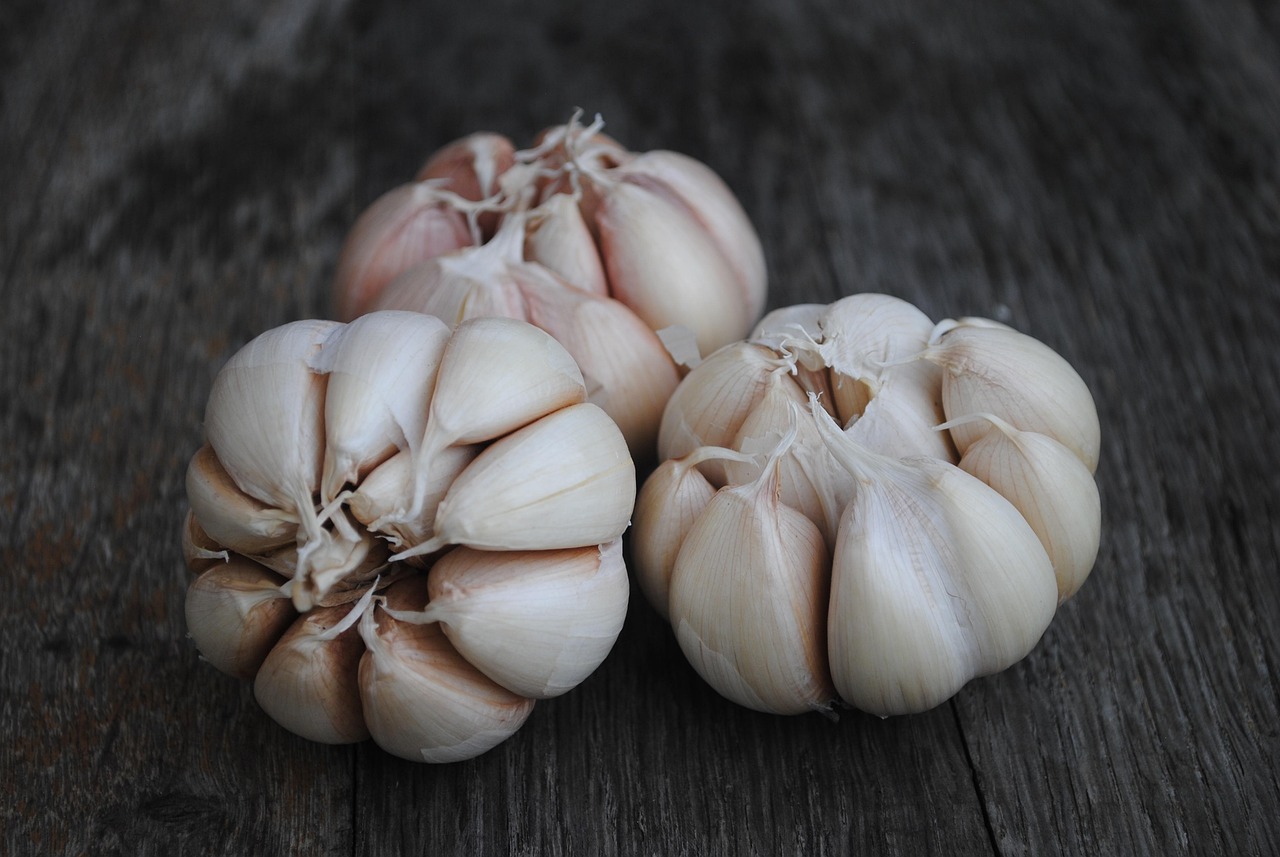Have you ever wondered why some agricultural commodities skyrocket in value—only to crash just as quickly? The story of The Rise and Fall of G1 Garlic is a perfect example. Once hailed as the “white gold” of farming, G1 garlic saw explosive demand, record-high prices, and then a dramatic downfall that left many growers and traders in financial turmoil.
In this article, we’ll explore:
✔ What made G1 garlic so profitable—and why it collapsed
✔ Key mistakes that led to its downfall
✔ Practical strategies to avoid similar pitfalls in agribusiness
✔ Expert-backed insights on sustainable farming and trading
What Was G1 Garlic?
G1 garlic (Grade 1 garlic) was a premium variety known for its large cloves, strong flavor, and long shelf life. It gained massive popularity in global markets, particularly in China, India, and Africa, where demand surged due to its perceived superior quality.
Why Did G1 Garlic Boom?
Several factors contributed to its rapid rise:
✅ High Export Demand – Countries like China imported G1 garlic in bulk, driving prices up.
✅ Perceived Medicinal Value – Many believed it had stronger health benefits than regular garlic.
✅ Speculative Trading – Traders stockpiled G1 garlic, creating artificial scarcity.
✅ Government Subsidies (in some regions) – Incentives encouraged farmers to shift to G1 cultivation.
At its peak, G1 garlic sold for 3–5 times the price of regular garlic, making it a lucrative cash crop.
The Downfall: What Went Wrong?
Despite its early success, G1 garlic’s decline was swift and brutal. Here’s why:
1. Overproduction & Market Saturation
-
Farmers rushed to plant G1 garlic, leading to a supply glut.
-
Prices crashed when supply outstripped demand.
2. Quality Control Issues
-
Some traders mixed lower-grade garlic with G1, damaging its reputation.
-
Buyers lost trust, opting for cheaper alternatives.
3. Export Restrictions & Trade Wars
-
China, the biggest importer, imposed strict quality checks, rejecting substandard shipments.
-
Some countries banned G1 garlic imports due to pesticide residue concerns.
4. Price Manipulation by Middlemen
-
Traders hoarded stock, creating false scarcity, then dumped it, causing price crashes.
-
Small farmers, with no market leverage, suffered the most.
5. Shift to Alternative Varieties
-
New, disease-resistant garlic strains entered the market, reducing G1’s dominance.
Key Lessons for Farmers & Agri-Traders
The G1 garlic boom-and-bust cycle offers critical insights for anyone in agribusiness:
1. Avoid Overdependence on a Single Crop
-
Diversify crops to spread risk.
-
Example: Farmers who grew both G1 garlic and onions suffered less when garlic prices fell.
2. Focus on Quality & Certification
-
Maintain strict quality control to preserve market trust.
-
Obtain organic or export certifications to access premium markets.
3. Understand Market Trends
-
Monitor global demand shifts and trade policies.
-
Use tools like FAO reports, USDA data, and local agriculture extensions for insights.
4. Build Direct Buyer Relationships
-
Bypass middlemen by selling directly to exporters or via farmers’ cooperatives.
-
Example: Some Kenyan garlic farmers now use blockchain-based traceability to attract international buyers.
5. Adopt Smart Storage & Pricing Strategies
-
Use cold storage to prevent spoilage and sell during price spikes.
-
Hedge prices through futures contracts (if available).
The Future of Garlic Farming: What’s Next?
While G1 garlic’s glory days may be over, garlic remains a high-demand crop. Here’s what experts suggest:
🔹 Switch to Resilient Varieties – New hybrids offer better yield and disease resistance.
🔹 Explore Value-Added Products – Garlic powder, oil, and supplements have steady demand.
🔹 Leverage E-Commerce – Platforms like Alibaba, Amazon Fresh, and local agri-marketplaces help farmers reach global buyers.
Final Thoughts: Will Garlic Make a Comeback?
The rise and fall of G1 garlic teaches us that short-term booms are risky without sustainable strategies. Farmers and traders must:
✔ Stay informed about market trends.
✔ Prioritize quality over quick profits.
✔ Diversify income sources to withstand price shocks.










